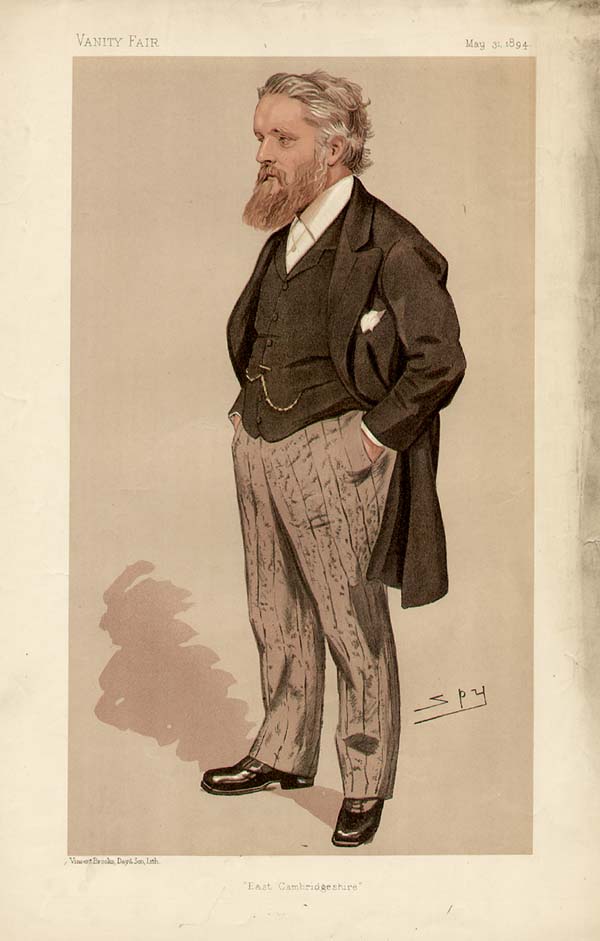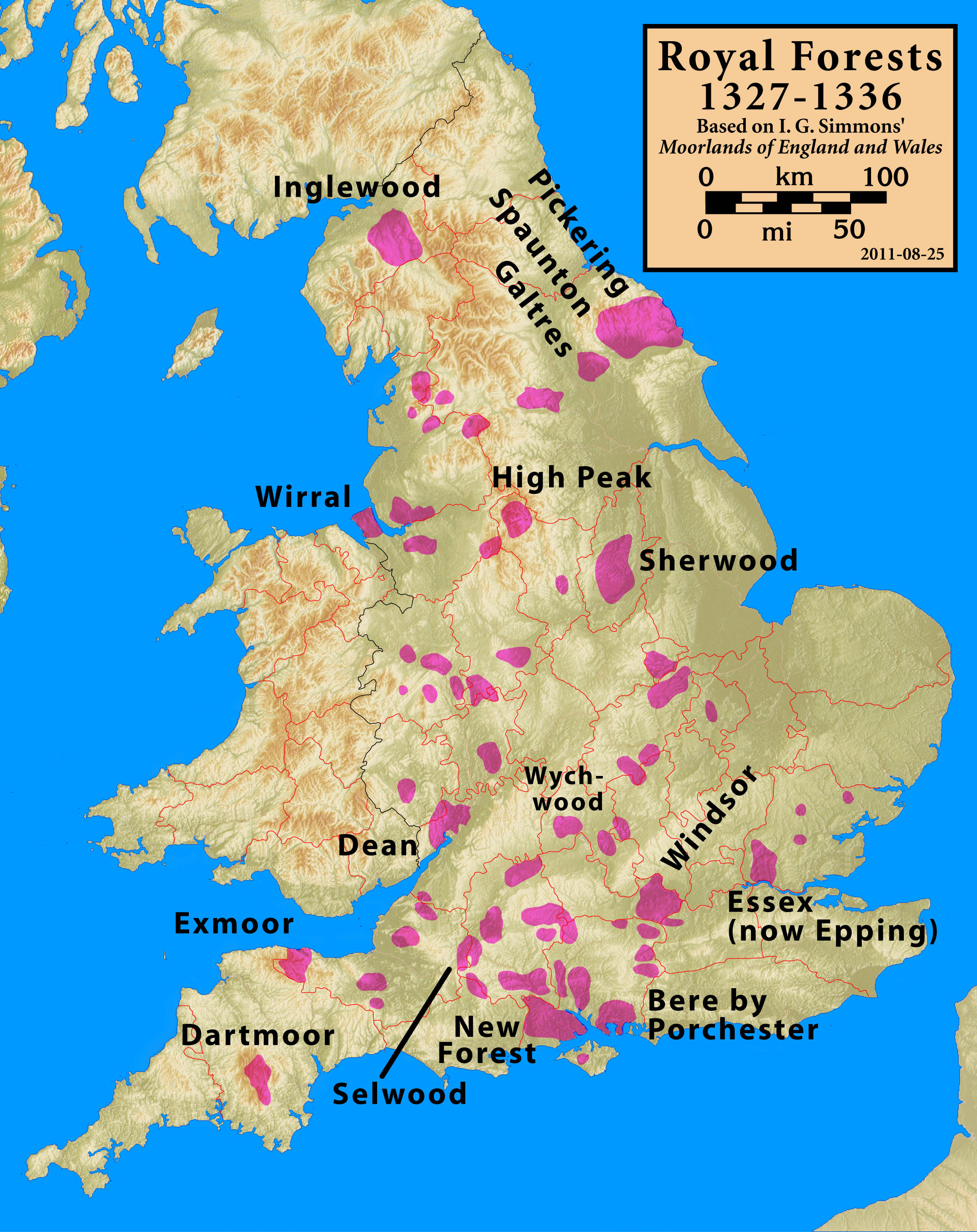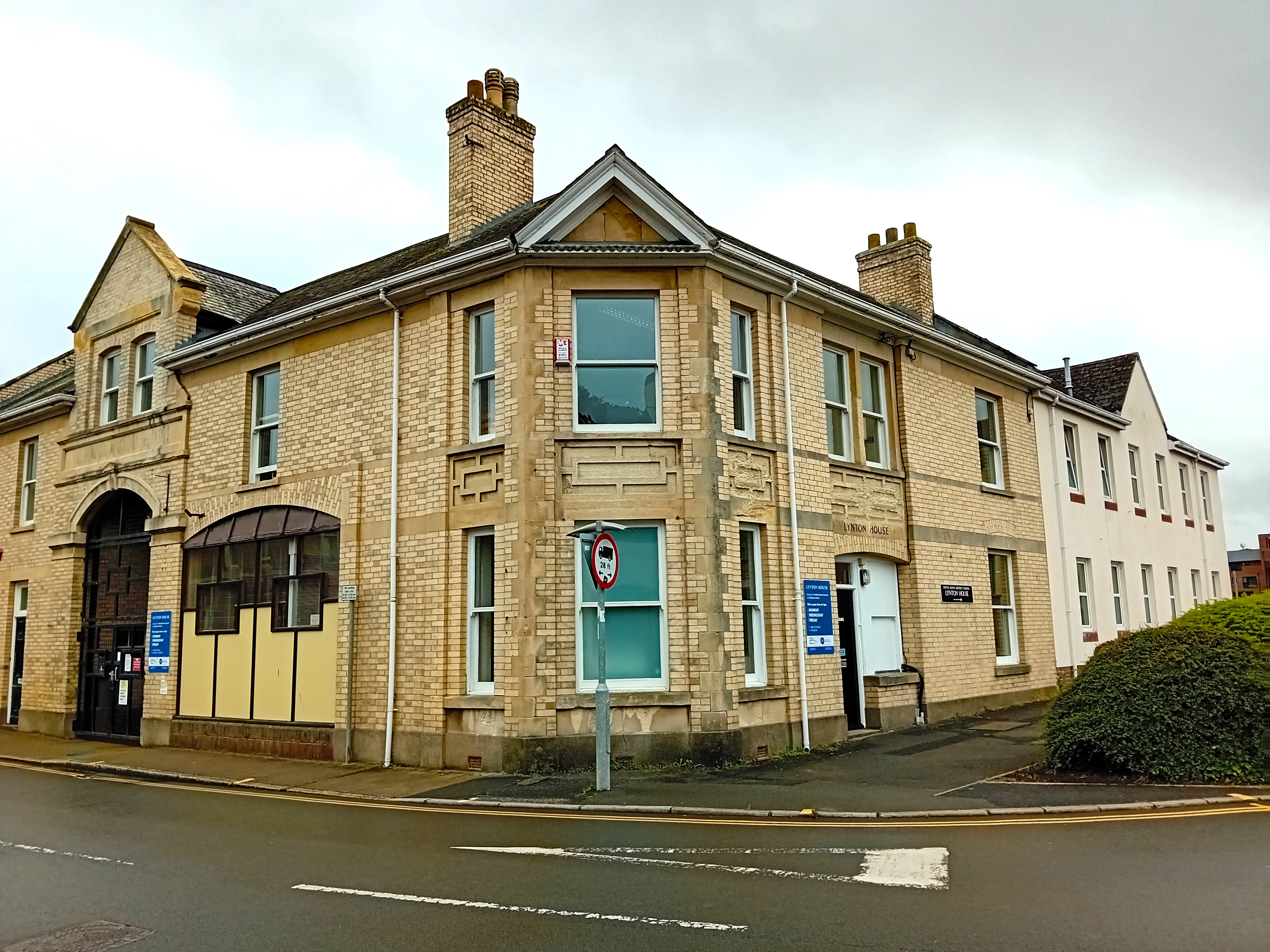|
Lynton
Lynton is a town on the Exmoor coast in the North Devon district in the county of Devon, England, approximately north-east of Barnstaple and west of Minehead, and close to the confluence of the West Lyn and East Lyn rivers. Lynton sits directly above the neighbouring village of Lynmouth; the two settlements are separated by a steep gorge. Governance Lynton is part of the Lynton and Lynmouth electoral ward whose total ward population at the 2011 census was 1,647. The two communities are governed at local level by Lynton and Lynmouth Town Council. Location and geography The two settlements are connected by the Lynton and Lynmouth Cliff Railway. The South West Coast Path and Tarka Trail pass through, and the Two Moors Way runs from Ivybridge in South Devon to Lynmouth. The Samaritans Way South West runs from Bristol to Lynton and the Coleridge Way from Nether Stowey to Lynmouth. The Valley of Rocks and Wringcliff Bay are to the west. History and buildings Evidence ... [...More Info...] [...Related Items...] OR: [Wikipedia] [Google] [Baidu] |
Lynton And Lynmouth
Lynton and Lynmouth is a civil parish in the North Devon district of Devon, England. The parish is named after its two main settlements of Lynton, which stands on a plateau above the Glen Lyn Gorge, and Lynmouth which lies at the foot of the gorge where the West Lyn River and East Lyn River converge and then meet the sea. The two are connected by the Lynton and Lynmouth Cliff Railway, a water-powered funicular railway. The area is also sometimes poetically termed Little Switzerland, on account of the scenic landscape which was considered by early tourists to resemble the Little Switzerland (landscape), landscapes of Switzerland. The parish lies within Exmoor National Park. In 1952 it was the scene of the devastating Lynmouth flood when in one night 35 people were killed and a further 420 were made homeless. Over 100 buildings and 28 bridges were destroyed. The parish council has designated the parish to be a town, and so calls itself Lynton and Lynmouth Town Council. The pari ... [...More Info...] [...Related Items...] OR: [Wikipedia] [Google] [Baidu] |
Lynton And Lynmouth Cliff Railway
The Lynton and Lynmouth Cliff Railway is a water-powered funicular railway joining the twin towns of Lynton and Lynmouth on the rugged coast of North Devon in southwest England. Lynton and Lynmouth are separated by a high cliff, making it hard for people and goods to move between them. In the late 19th century, interest arose in building a funicular or cliff lift to join them. The civil engineer George Croydon Marks played a key role in both its design and bringing in financing from his business partner, Sir George Newnes. Local contractor Robert Jones was involved in designing the funicular's innovative braking system and the line's construction and maintenance in the first decades of its operation. In 1887, construction commenced and a year later, an Act of Parliament authorised the ''Lynmouth & Lynton Lift Company'' to operate it. The completed railway was opened on Easter Monday 1890; it has been in continuous use since. While early use was largely focused on moving fre ... [...More Info...] [...Related Items...] OR: [Wikipedia] [Google] [Baidu] |
Lynton Town Hall
Lynton Town Hall is a municipal building in Lee Road, Lynton, Devon, England. The town hall, which was the meeting place of Lynton Urban District Council, is a grade II* listed building. History Lynton became popular as a tourist destination in the late 19th century and the area became an urban district in 1894; further development followed with the opening of the Lynton and Barnstaple Railway in 1898. In this context civic leaders decided to procure a town hall: the site selected was open ground to the west of the parish rectory. The cost of the proposed building was financed by a donation from the publisher and politician, Sir George Newnes, who owned a mansion known as Hollerday House which was located just behind the site. The leading-article writer for ''The Standard'', T. H. S. Escott, described the donation, together with the gift Newnes had also made towards the cost of Putney Library, as "two specimens of conduct which made Newnes the most widely popular as well as p ... [...More Info...] [...Related Items...] OR: [Wikipedia] [Google] [Baidu] |
Lynmouth
Lynmouth is a village in Devon, England, on the northern edge of Exmoor. The village straddles the confluence of the West Lyn River, West Lyn and East Lyn River, East Lyn rivers, in a gorge directly below the neighbouring town of Lynton, which was the only place to expand to once Lynmouth became as built-up as possible. The villages are connected by the Lynton and Lynmouth Cliff Railway, which works two cable-connected cars by gravity, using water tanks. The two villages are a Civil parishes in England, civil parish governed by Lynton and Lynmouth Town Council. The parish boundaries extend southwards from the coast, and include hamlets such as Barbrook and small moorland settlements such as East Ilkerton, West Ilkerton and Shallowford, Devon, Shallowford. The South West Coast Path and Tarka Trail pass through, and the Two Moors Way runs from Ivybridge in South Devon to Lynmouth; the Samaritans Way South West runs from Bristol to Lynton, and the Coleridge Way from Nether St ... [...More Info...] [...Related Items...] OR: [Wikipedia] [Google] [Baidu] |
Valley Of Rocks
The Valley of Rocks, sometimes called Valley of the Rocks, is a dry valley that runs parallel to the coast in north Devon, England, about to the west of the village of Lynton. It is a popular tourist destination, noted for its herd of feral goats, and for its landscape and geology. Geology and landscape The valley has good exposures of the Lynton Beds (formally the ' Lynton Formation') that are among the oldest Devonian rocks in north Devon and are highly fossiliferous. Also of note are the periglacial features formed when this area was at the limit of glaciation during the last Ice Age. The valley is believed to owe its existence to the dissection by coastal cliff recession of a former extension of the valley of the East Lyn River which now meets the sea at Lynmouth. Archaeology In 1793 the Reverend Richard Polwhele wrote "The Valley of Stones ..is so awfully magnificent that we need not hesitate in pronouncing it to have been the favourite residence of Druidism." and ... [...More Info...] [...Related Items...] OR: [Wikipedia] [Google] [Baidu] |
George Newnes
Sir George Newnes, 1st Baronet (13 March 1851 – 9 June 1910) was a British publisher and editor and a founding figure in popular journalism. Newnes also served as a Liberal Party Member of Parliament for two decades. His company, George Newnes Ltd, was known for such periodicals as '' Tit-Bits'' and ''The Strand Magazine''; it continued publishing consumer magazines such as '' Nova'' long after his death. Background and education His father, Thomas Mold Newnes, was a Congregational church minister at the Glenorchy Chapel, Matlock. George Newnes was born in Matlock Bath, Derbyshire, and educated at Silcoates School and then at Shireland Hall, Warwickshire, and the City of London School. In 1875, he married Priscilla Hillyard. They had two sons; the eldest died at age eight (his death was said to have devastated his father), A. J. A. Morris, 'Sir George Newnes', ''Oxford Dictionary of National Biography'', OUP 2004–11 and Frank Newnes (born 1876). Career In 1867 he enter ... [...More Info...] [...Related Items...] OR: [Wikipedia] [Google] [Baidu] |
Exmoor
Exmoor () is loosely defined as an area of hilly open moorland in west Somerset and north Devon in South West England. It is named after the River Exe, the source of which is situated in the centre of the area, two miles north-west of Simonsbath. Exmoor is more precisely defined as the area of the former ancient royal hunting forest, also called Exmoor, which was officially surveyed 1815–1818 as in extent. The moor has given its name to a National parks of England and Wales, National Park, which includes the Brendon Hills, the East Lyn Valley, the Vale of Porlock and of the Bristol Channel coast. The total area of the Exmoor National Park is , of which 71% is in Somerset and 29% in Devon. The upland area is underlain by Sedimentary rock, sedimentary rocks dating from the Devonian and early Carboniferous periods with Triassic and Jurassic age rocks on lower slopes. Where these reach the coast, cliffs are formed which are cut with ravines and waterfalls. It was recognised a ... [...More Info...] [...Related Items...] OR: [Wikipedia] [Google] [Baidu] |
North Devon
North Devon is a Non-metropolitan district, local government district in Devon, England. Its council is based just outside Barnstaple, the district's largest town. The district also includes the towns of Ilfracombe, Lynton and Lynmouth and South Molton along with numerous villages, seaside resorts and surrounding rural areas. The east of the district includes part of the Exmoor National Park, and the district's coast is also recognised for its natural beauty, forming part of the North Devon Coast, an Area of Outstanding Natural Beauty. The district borders Torridge District, Torridge to the south-west, Mid Devon to the south-east, and the neighbouring county of Somerset to the east. The term "North Devon" can also be used to describe a wider geographic area than the local government district, often including neighbouring Torridge District, based in Bideford. History The district was formed on 1 April 1974 under the Local Government Act 1972. The new district covered the area ... [...More Info...] [...Related Items...] OR: [Wikipedia] [Google] [Baidu] |
Barnstaple
Barnstaple ( or ) is a river-port town and civil parish in the North Devon district of Devon, England. The town lies at the River Taw's lowest crossing point before the Bristol Channel. From the 14th century, it was licensed to export wool from which it earned great wealth. Later it imported Irish wool, but its harbour silted up and other trades developed such as shipbuilding, foundries and sawmills. A Victorian market building survives, with a high glass and timber roof on iron columns. Toponymy The name is first recorded in the 10th century and is thought to derive from the Early English ''bearde'', meaning "battle-axe", and ''stapol'', meaning "pillar", i.e. a post or pillar to mark a religious or administrative meeting place. The derivation from ''staple'' meaning "market", indicating a market from its foundation, is likely to be incorrect, as the use of ''staple'' in that sense first appears in 1423. Barnstaple was formerly referred to as "Barum", as a contraction of the L ... [...More Info...] [...Related Items...] OR: [Wikipedia] [Google] [Baidu] |
South West Coast Path
The South West Coast Path is England's longest waymarked Long-distance footpaths in the UK, long-distance footpath and a National Trail. It stretches for , running from Minehead in Somerset, along the coasts of Devon and Cornwall, to Poole Harbour in Dorset. Because it rises and falls with every river mouth, it is also one of the more challenging trails. The total height climbed has been calculated to be 114,931 ft (35,031 m), almost four times the height of Mount Everest. It has been voted 'Britain's Best Walking route' twice in a row by readers of The Ramblers' ''Walk'' magazine, and regularly features in lists of the world's best walks. The final section of the path was designated as a National Trail in 1978. Many of the landscapes which the South West Coast Path crosses have special status, either as a national parks of England and Wales, national park or one of the heritage coasts. The path passes through two World Heritage Sites: the Dorset and East Devon Coast, ... [...More Info...] [...Related Items...] OR: [Wikipedia] [Google] [Baidu] |
Samaritans Way South West
Samaritans Way South West is a Long-distance footpath in South West England. It was officially opened on 21 April 2004 by the Ramblers Vice Chairman, the Samaritans (charity) Chief Executive and a farmer from Gloucestershire who headed the Farmers Helpline. In the same year it appeared on the Ordnance Survey maps supported and encouraged by Local Authorities, National Parks and Area of Outstanding Natural Beauty by giving their consent; however Somerset County Council later asked the Ordnance Survey to remove the route from their maps. A way marked walk linking the Cotswolds, the Mendips, the Polden Hills, the Quantocks, the Brendons, Exmoor National Park and the North Devon Coast. It starts at Clifton Suspension Bridge on the Avon Gorge in Bristol, and continues across the Chew Valley with its lakes, over the Mendip Hills to Cheddar Gorge and Cheddar, along the Somerset Levels to Glastonbury and Street and on through Bridgwater and Goathurst to the Quantock Hills with ... [...More Info...] [...Related Items...] OR: [Wikipedia] [Google] [Baidu] |






